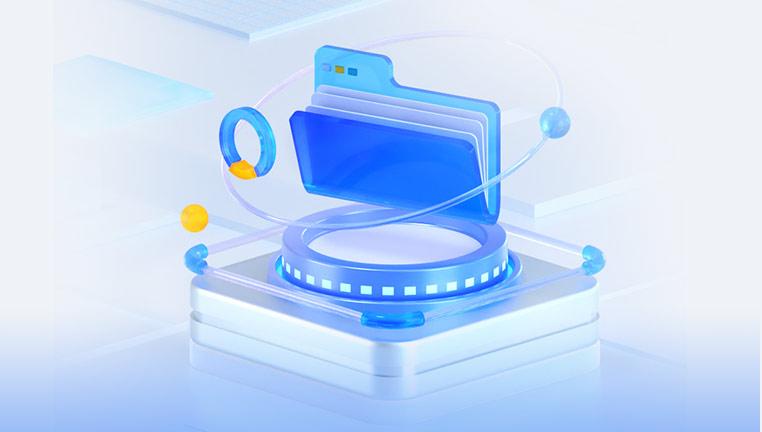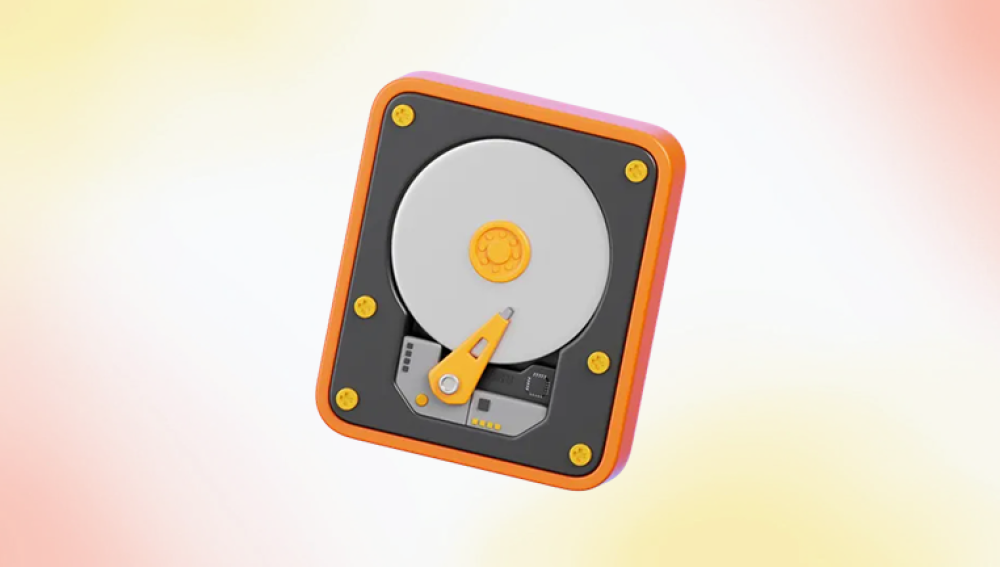The cost of SSD data recovery can vary widely depending on several factors. Here's a detailed overview of what influences the cost and what you might expect to pay for SSD data recovery services.
1. SSD Data Recovery
SSD (Solid State Drive) data recovery involves retrieving lost or inaccessible data from a storage device that uses NAND flash memory. Unlike traditional HDDs (Hard Disk Drives), SSDs have no moving parts, which can make the recovery process different and sometimes more complex.
2. Factors Influencing SSD Data Recovery Costs
a. Type of Data Loss:
Logical Failure: Occurs when the file system is corrupted or the data is accidentally deleted. This type of recovery is generally less expensive.
Physical Failure: Involves hardware issues, such as damaged NAND chips or controller malfunctions. This is typically more costly due to the complexity and specialized equipment required.

b. Capacity and Complexity:
Larger SSDs or those with complex data structures may increase recovery time and cost. High-capacity SSDs may also require more sophisticated tools and expertise.
c. Manufacturer and Model:
Different SSD manufacturers and models have varying architectures and firmware. Specialized knowledge and tools for specific brands can affect the cost.
d. Service Provider:
Different data recovery companies have varying pricing structures. Some might charge a flat rate, while others may base their fees on the amount of data recovered or the difficulty of the job.
e. Urgency:
Standard Service: May take several days or weeks, often at a lower cost.
Expedited Service: For faster turnaround times, there may be a premium fee.
3. Cost Estimates
a. Logical Failure Recovery:
Typical Range: $300 to $1.500
Details: This range applies to scenarios where the data loss is due to software or file system issues. The recovery process involves using software tools to repair the file system or recover deleted files.
b. Physical Failure Recovery:
Typical Range: $1.000 to $3.000+
Details: Physical damage recovery involves complex procedures like board-level repairs, chip replacement, or even data extraction from damaged NAND chips. This process often requires specialized cleanroom facilities and advanced equipment.
c. Manufacturer-Specific Recovery:
Typical Range: $1.500 to $4.000
Details: Some SSDs, particularly those with proprietary technology, may require specific expertise and tools. The cost can be higher if the recovery involves custom firmware or specialized hardware.
d. Emergency or Expedited Recovery:
Typical Range: $2.000 to $5.000+
Details: If you need immediate recovery, the costs can be significantly higher. This service prioritizes your case and aims to recover data as quickly as possible.
4. Additional Considerations
a. No Data, No Fee Policy:
Many reputable data recovery companies offer a “no data, no fee” policy, which means you only pay if the recovery is successful. This can be a good way to mitigate the risk of spending money on unsuccessful attempts.
b. Diagnostic Fees:
Some companies charge an initial diagnostic fee to assess the damage and provide an estimate. This fee might be deducted from the total cost if you proceed with the recovery.
c. Insurance and Warranties:
Consider companies that offer insurance or warranties on their services. This can provide added security and peace of mind.
5. Choosing a Data Recovery Service
a. Reputation and Reviews:
Look for companies with a strong track record and positive customer reviews. Reputation can often be an indicator of reliability and quality.
b. Certifications and Experience:
Check if the service provider has certifications or specialized training in SSD data recovery. Experienced technicians are more likely to handle complex cases effectively.
c. Transparency and Communication:
A reputable company should be transparent about their pricing and process. They should provide clear communication throughout the recovery process.
6. Preventive Measures
a. Regular Backups:
Regularly backing up your data is the best way to avoid the need for data recovery. Utilize cloud storage, external drives, or other backup solutions.
b. Monitor SSD Health:
Use SSD health monitoring tools to keep track of the drive’s condition and address any potential issues before they lead to data loss.
c. Avoid DIY Repairs:
Attempting to repair an SSD yourself can often lead to further damage. Always consult with a professional data recovery service for best results.
The cost of SSD data recovery can vary significantly based on the type of failure, the complexity of the recovery, and the service provider. Understanding these factors can help you make an informed decision and choose the best option for your needs. While data recovery can be costly, the potential to recover important data can justify the expense, especially if professional and reliable services are chosen.




